Compiègne
| Topic | Sciences and discovery |
| Departure | COMPIEGNE (60) |
| Details | Compiegne is a french town located in the department of Oise, which it is sub-prefecture, and the Picardy area. During the French revolution the city was called “Marat-on-Oise”. The inhabitants are called Compiégnoises and Compiégnois. |
Discover Compiègne
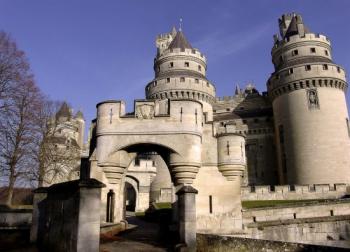
Located on left bank of Oise, with the outlet of the confluence of Aisne and Oise, Compiegne occupies a privileged geographical position, in the vicinity immediate of one of the most beautiful forests of Europe, which brought to play a strategic and military part important.
Compiegne was the theatre of major events of the French history and remains today still a city anxious to maintain the memories a rich person passed, bases of a solid future.
As of Mérovingiens, and to Napoleon III, kings and emperors liked to remain in his castle, completely rebuilt by Gabriel on order of Louis XV.
Cité besieged by theBurgundian ones, this is in 1430, under the walls of the city that Jeanne d'Arc there was captured and made captive.
During the Great War, Compiegne, with l' back immediate of the face, becomes the large hospital of the allied troops and accomodates the Large General headquarter of April 1917 at March 1918. On November 11, 1918, Armistice is signed in forest on the territory of Compiegne.
The Second world war brings its batch of destruction: in June 1940, Compiegne burns whereas, by revenge, a new armistice is signed with the same place.
To these memories, sometimes painful, testify to splendid monuments that the curious one will be able to visit with the liking of its imagination or its interests…
Thus discover its many museums, its castle, its places historical, its parks… and live at the rhythm of the multiple spectacles or demonstrations which are organized there…
Accommodation nearby
Municipal museums
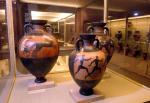

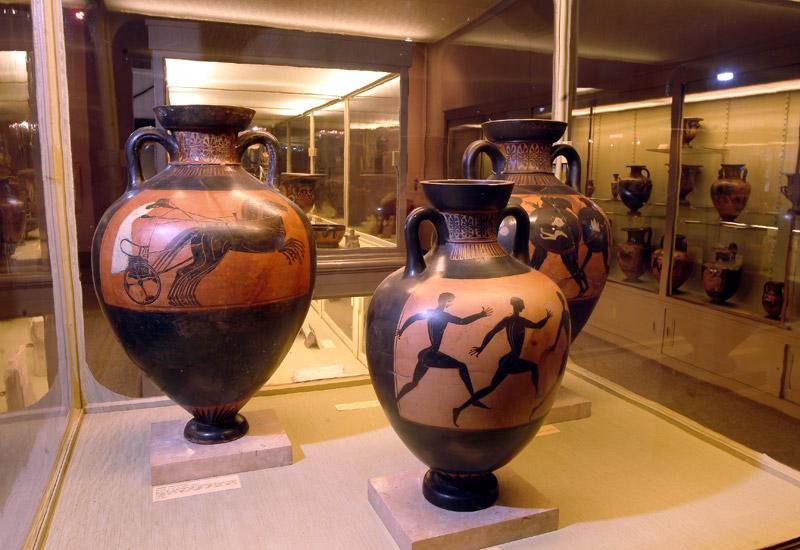
- The museum Antoine Vivenel, name of its founder, is installed at the edge of Oise, in the old hotel of Think, built with the site of an abbey of Jacobins rested by Louis saint. This aristocratic residence of the end of the 18th century shelters superb collections of works of art of the Middle Ages at the 19th century, and archaeological rich person series of which one of the most important whole of ancient Greek vases of France.
- The museum of the historical Figurine gathers, in the appendix of the collection, Town hall impressive of more than 150.000 plastic or wood, tin soldiers, which content, in miniature, with the curious visitors, principal episodes of the history of Compiegne and France. The only diorama of the battle of Waterloo counts nearly 12.000 parts!
Accommodation nearby
Discover the old Compiègne
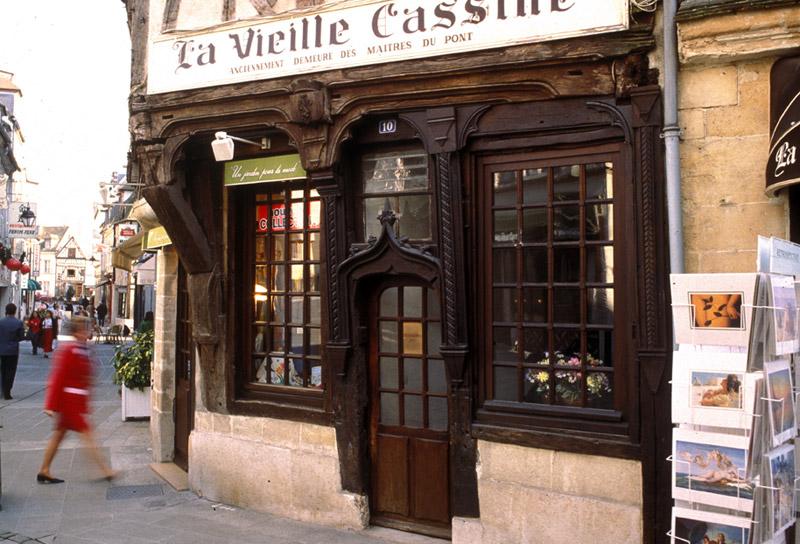
Throughout the pedestrian streets, the walker discovers the frontages with sides of wood of the old residences of Compiegne of the end of the Middle Ages at the 19th century: “Old Cassine”, old seat of the Masters of the Bridge, passage between the streets of Lombards and Cordeliers to the wood gallery carved of the 17th century, Attic with Salt built by famous Ledoux under Louis XVI.
Accommodation nearby
Castle of Compiègne
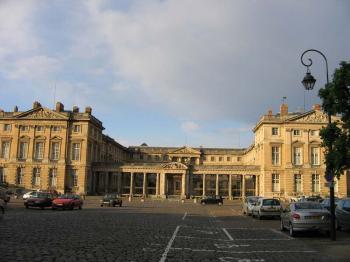
The origin of the residence of Compiegne goes back to the dynasty mérovingienne. The royal stay finds its localization final in 1380 pennies the impulse of Charles V, eager d' to build a fortress at this place.
The castle knew several transformations with the wire of the centuries but it is in 1751, under the reign of Louis XV, whom are launched, within Angel-Jacques Gabriel, work which will give to the castle its current silhouette.
Completed five years before the Revolution, it offers a sumptuous testimony of last fires of the Old Mode and of the records of l' Worsen.
This residence did not undergo great deteriorations during the Revolution. Only royal furniture was dispersed at the time of the revolutionary sales of 1795.
In 1799, one installs there a technical school. The castle is integrated into the imperial field in 1804 and in 1807 Napoleon i decides to give it in state to be inhabited and receives there in 1810 his future wife, Marie-Louise of Austria.
The tradition of royal stays begins again under the Restoration and the Monarchy of July. From 1856, the castle of Compiegne becomes the Residence of predilection of Napoleon III: the Court passes part of the autumn regularly there. They are famous “the Series” of Compiegne.
The park of the castle then is arranged with perforated Beautiful-Mounts and the cradle of Marie-Louise thus a large gallery of ball inside the monument.
At the end of the Second Empire, IIIème République transforms the castle into National museum.
Since 1945, a refund policy of the historical state is carried out according to the apartments and their furniture.
Today the sumptuous apartments are thus visited where lived the sovereigns of Louis XVI in Napoleon III. The castle also accomodates the museums of the second Empire and the Eugenie Empress, as well as the national museum of the Car and Tourism, together significant of vehicles with animal haulage and cars, since the origins to the First World War.
Accommodation nearby
The national forest
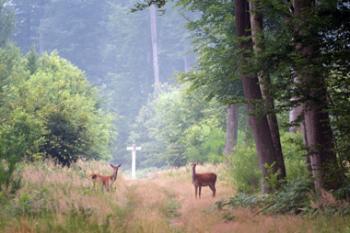
Located at the North-East of Paris, limited to north and the east by Oise and Aisne, to the North-East by the forest of Laigue and to south-west by the charming valley of the Autumn, the national forest of Compiegne occupies a surface of 14.400 hectares.
The old city and especially districts stop in skirt of forest. It is the natural prolongation of the park of the castle and the alley of the Beautiful-Mounts cuts out there broad and long alley.
It is a rich universe with several thousands of plant species and animal joined together at the same place.
At the 18th and 19th century, they planted 3000 hectares of oaks, then one introduced the woodland pine in order to timber poorer grounds.
You can meet there mainly the oak, the beech, the charm, the birch, the ash, the chestnut, maple… and of the various leafy trees (wild cherry tree, alder, poplar, elm, lime…).
A crowd of shrubs like the hazel tree, the elder tree, the viornes, the sloe… and a population of plants and mushrooms varied enough and opulent took seat there.
Many paths furrow the large grove, they allow a relatively easy access to the various mounts, some culminate with more than 130 meters (Saint Pierre in Chastres, Beautiful-Mounts, Mont Berny).
Low, in the plain, the ponds, the sources, the rus and the brooks, the moors, the ponds liberally offer water bienfaitrice and confluence towards many crossroads to the typical posts.
The royal creation, the forest was, since the 6th century, the favorite hunting ground of the French sovereigns.
Thus the history of Compiegne is recalled in this forest, constructions, prestigious or modest, intact or ruined, spread out there since Gallo-Roman times until our days, inside the solid mass or on its edges.
You can discover there forest houses, churches, the abbey ones, the castle of Compiegne and Gallo-Roman ruins.
Accommodation nearby
Latest news on : Compiègne
Tourism near
 Visit the city of Compiegne
Visit the city of Compiegne - 8 Museum
- 4 Monuments
Tours
 Pierrefonds
Pierrefonds
 Pont-Sainte-Maxence
Pont-Sainte-Maxence






















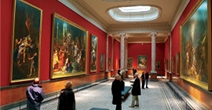




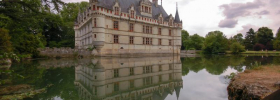
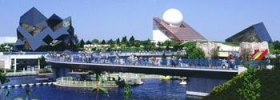
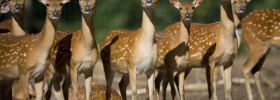


 Home
Home

